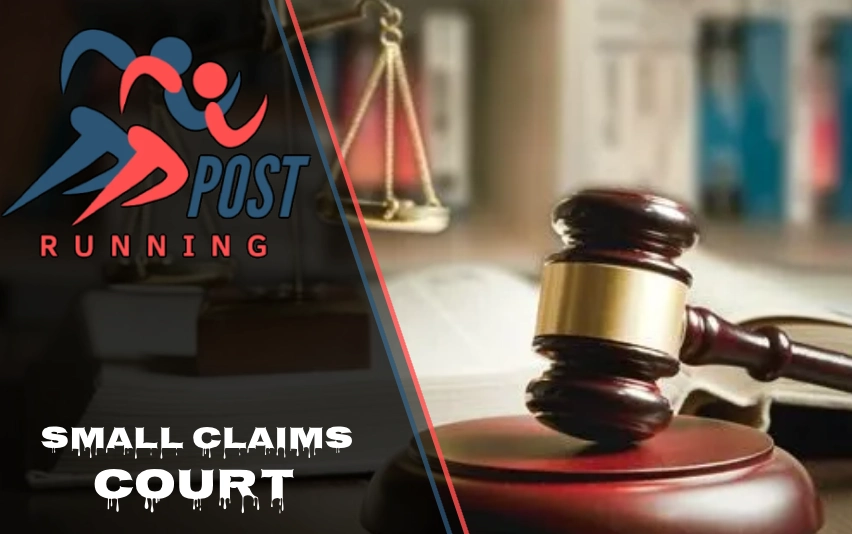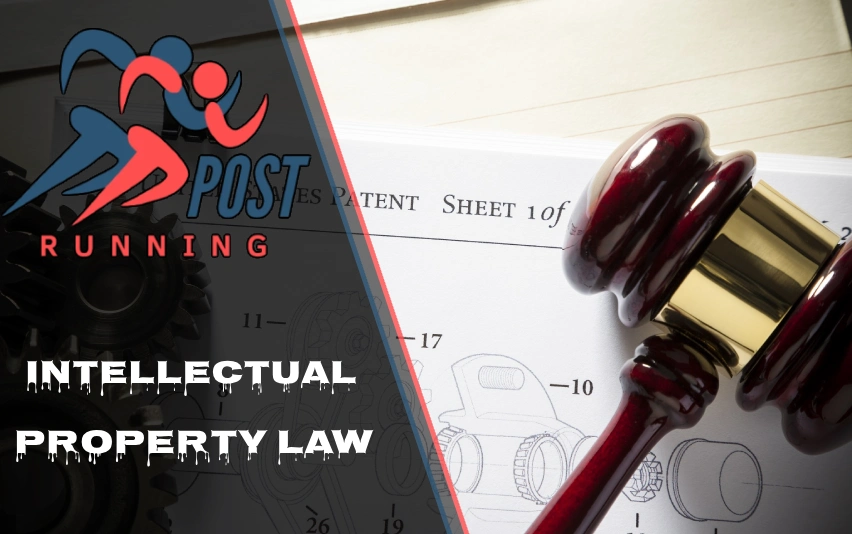Navigating Small Claims Court can feel overwhelming, but it doesn’t have to be. Whether you’re seeking to resolve a dispute over unpaid debts, property damage, or faulty goods, Small Claims Court offers an accessible and cost-effective solution. This guide breaks down everything you need to know to confidently navigate Small Claims Court, from eligibility and filing a claim to understanding the hearing process and enforcing judgments.
What is Small Claims Court?
Small Claims Court is a legal venue designed to handle minor disputes quickly and affordably. Unlike higher courts, the process here is streamlined, making it easier for individuals and small businesses to represent themselves without needing a lawyer. The court typically handles civil cases involving monetary claims below a specific threshold, which varies depending on your jurisdiction.
The beauty of Small Claims Court lies in its simplicity. It’s an efficient way to resolve conflicts without the complexity and high costs associated with traditional court proceedings.
| Feature | Details |
|---|---|
| Jurisdiction | Civil claims (varies by region; e.g., $25,000 in Nova Scotia, $35,000 in Ontario) |
| Filing Fee | Depends on claim amount and location |
| Resolution Timeframe | Typically 53–60 days |
| Legal Representation | Not required; parties often represent themselves |
Who Can Use Small Claims Court?
Eligibility Criteria
Small Claims Court is open to both individuals and businesses. Whether you’re a landlord trying to recover unpaid rent or a consumer seeking compensation for defective products, you can bring your case here as long as it falls within the court’s jurisdiction.
Types of Cases Handled
The court deals with a variety of disputes, such as:
- Unpaid debts or loans.
- Property damage.
- Faulty goods or services.
- Landlord-tenant disputes (e.g., security deposit issues).
However, certain cases—like family law matters or criminal cases—are outside its scope.
Jurisdictional Limits
Every region has monetary limits for claims filed in Small Claims Court. For instance:
- In Nova Scotia, the limit is $25,000.
- In Ontario, it’s $35,000. Be sure to check your local court’s rules before filing.
How to File a Claim in Small Claims Court
Filing a claim involves several steps. Here’s how you can get started:
Preparation
Before filing, gather all the necessary details about your case. This includes:
- Documentation: Contracts, receipts, emails, photos—anything that supports your claim.
- Defendant’s Information: Ensure you have the correct name and address of the person or business you’re suing.
Filing Process
Once you’re ready:
- Complete the Application Form: Most courts offer forms online or at their offices.
- Pay the Filing Fee: Fees vary by region and depend on the amount you’re claiming.
Serving the Claim
After filing, you must notify the defendant by serving them a copy of your claim. This can usually be done via:
- Personal delivery.
- Registered mail.
- Professional process servers (if required).
Make sure you follow your jurisdiction’s rules for service and adhere to any deadlines.
What Happens After Filing?
Once your claim is filed and served, the ball is in the defendant’s court. Here are their options:
Defendant’s Options
- Admit: The defendant agrees to pay the amount claimed.
- Dispute: They disagree with your claim and file a defense.
- Counterclaim: They may file their own claim against you if they believe they’ve been wronged.
- Ignore: If they don’t respond within the given timeframe, you may win by default.
Mediation Opportunities
Many jurisdictions offer mediation as an alternative to going straight to trial. Mediation allows both parties to negotiate a settlement with the help of a neutral third party.
Pre-Trial Hearings
In some cases, pre-trial hearings are held to clarify issues and explore settlement options before proceeding to trial.
The Hearing Process
If mediation doesn’t work or isn’t an option, your case will go to a hearing.
Informal Nature of Hearings
Small Claims Court hearings are less formal than traditional court trials. You won’t need to worry about complex legal procedures or jargon.
Presenting Evidence
Both parties will have an opportunity to present their side of the story. This includes submitting evidence like documents, photos, or witness testimony.
Role of Judges
Judges or adjudicators play an active role in questioning both parties and reviewing evidence before making a decision.
Judgment and Enforcement
Once the hearing concludes, the court will issue its judgment.
Judgment Outcomes
The judge may:
- Award monetary compensation.
- Dismiss the case if insufficient evidence is provided. Judgments are typically delivered within days or weeks after the hearing.
Enforcement Options
If the losing party doesn’t comply with the judgment voluntarily, enforcement measures may be necessary:
- Garnishing wages or bank accounts.
- Seizing property.
- Placing liens on assets.
It’s important to follow up promptly if enforcement becomes necessary.
Key Features of Small Claims Courts
Small Claims Courts stand out for several reasons:
- Simplified Procedures: The process is straightforward compared to higher courts.
- No Legal Representation Required: Most people represent themselves, saving on legal fees.
- Cost-Effectiveness: Filing fees are relatively low, making it accessible for everyone.
- Quick Resolution: Many cases are resolved within 60 days from filing.
These features make Small Claims Court an attractive option for resolving disputes efficiently.
Common Challenges and Tips
While navigating Small Claims Court is generally simple, there are some challenges you might face:
Challenges
- Incorrectly filling out forms or providing incomplete information can delay your case.
- Even after winning a judgment, enforcing it can be tricky if the defendant refuses to comply.
Tips for Success
To improve your chances of success:
- Be concise and organized when presenting your case—stick to facts and avoid emotional arguments.
- Keep all evidence well-documented and readily available for submission during hearings.
Timeline of Small Claims Court Process
Here’s a step-by-step breakdown of what happens in Small Claims Court:
| Step | Description |
|---|---|
| Filing a Claim | Submit application with details and pay filing fee |
| Serving the Claim | Notify defendant about the claim |
| Pre-Trial Mediation | Attempt to resolve disputes informally |
| Hearing | Present evidence before a judge or adjudicator |
| Judgment | Court delivers a decision |
| Enforcement | Implement judgment if necessary |
Conclusion
Small Claims Court is an invaluable resource for resolving disputes quickly and affordably without the need for complex legal proceedings. By understanding how it works—from filing a claim to enforcing judgments—you’ll be better equipped to navigate Small Claims Court successfully.
Remember, preparation is key! Gather all relevant documents, follow proper procedures, and stay organized throughout the process for the best possible outcome.
Discover more fascinating insights—explore Running Posts Today.














